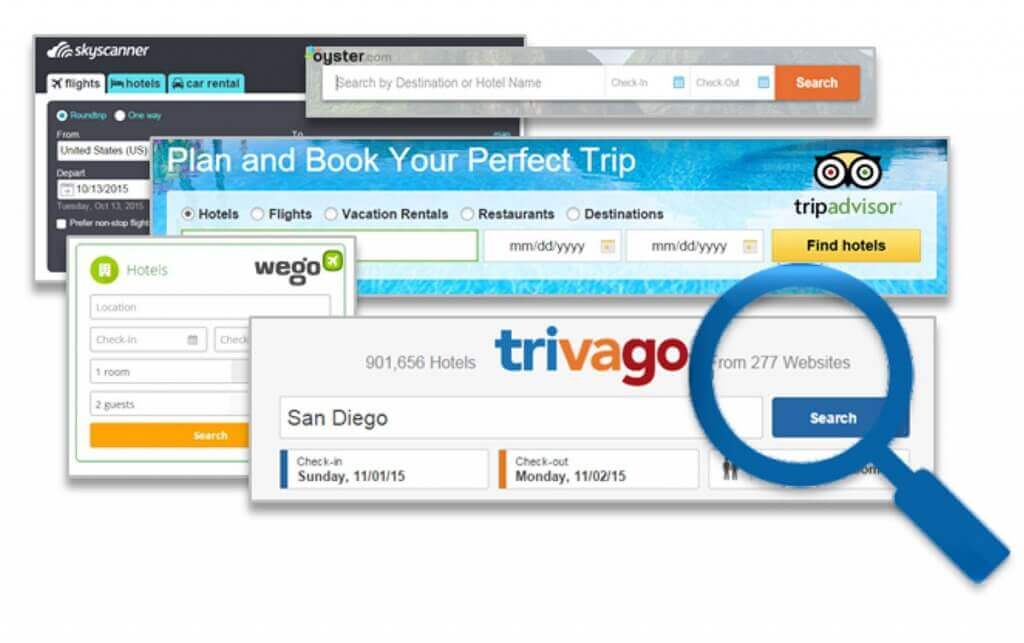
When optimizing our hotel metasearch campaigns, many of us get caught up in the day-to-day of bid changes, statistical analysis, and UI experiments as the main ways we affect the performance of our meta portfolio. However, one thing we often forget to do while working hard to achieve our goals, is to – you know – reevaluate our goals.
This process of reevaluation is actually incredibly important, and can have just as many tangible performance benefits as your well-thought out bid strategy. I’m going to talk about one of these here – maximizing your booking volume at a ROAS goal – but to be specific, let’s make a nice thesis statement:
If you want to maximize booking volume on a hotel metasearch campaign while maintaining a certain return on investment, you rarely should maintain a single ROAS goal across your portfolio of channels.
Instead, you should optimize your ROAS goal at a channel- and publisher- level, so that maximum volume can be driven in certain channels, and optimal ROAS can be driven in others.
Let’s look at a hypothetical scenario with the following assumptions:
- You’ve been given $100k to spend on Meta for the month
- You’re planning to spend this money across four meta channels
- You have a return ratio you’re trying to hit – coming in the form of ROAS – of 10 to 1 for this meta spend
- You have an average revenue per booking of $100 dollars
Now, we’ve seen that not all publishers return optimally at the same volume levels. With this is mind, you might break down this spend in the following way:
| Publisher | Spend | Return | Return on Spend | Bookings |
| A | $55,000 | $550,000 | 10 | 5,500 |
| B | $25,000 | $250,000 | 10 | 2,500 |
| C | $10,000 | $100,000 | 10 | 1,000 |
| D | $10,000 | $100,000 | 10 | 1,000 |
| Total | $100,000 | $1,000,000 | 10 | 10,000 |
This is a pretty standard breakdown, and at first glance, it makes sense. All channels are performing at goal = your aggregate is performing at goal. However, there might be a better way.
Read rest of the article at Koddi




